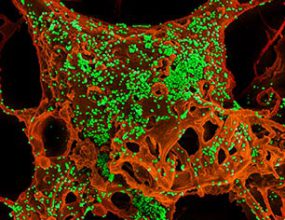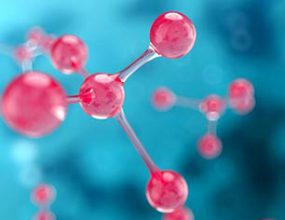About
- The Laboratory Response Network (LRN) is a network of domestic and international laboratories established to respond to biological and chemical threats, and emerging infectious diseases.
Partners in preparedness
In 1999, the Centers for Disease Control and Prevention (CDC) established the Laboratory Response Network (LRN). The LRN's purpose is to run a network of laboratories that can respond to biological and chemical threats and other public health emergencies. The LRN has grown since its inception. It now includes state and local public health, veterinary, military, and international labs. This linking of different laboratories is a novel approach to public health preparedness.
In the years since its creation, the LRN has played an instrumental role in improving domestic public health infrastructure by helping to boost laboratory capacity. Laboratories are better equipped, their staff levels are increasing, and they are employing advanced technologies.
Today, the LRN is charged with the task of maintaining this integrated network of laboratories that can respond to bioterrorism, emerging infectious diseases, chemical terrorism, and other public health emergencies. The LRN is a unique asset in the nation's growing preparedness for biological and chemical terrorism.
LRN Mission
Types of network labs
- Federal—These are labs at CDC, the U.S. Department of Agriculture (USDA), the Food and Drug Administration (FDA), and other facilities run by federal agencies.
- State and local public health—These labs are run by state and local departments of health. In addition to being able to test for biothreat agents, a few LRN public health labs are able to measure human exposure to toxic chemicals through tests on clinical specimens.
- Military—Department of Defense laboratories are operated both within the United States and abroad.
- Food testing—The LRN includes FDA and USDA labs, and others that are responsible for ensuring the safety of the food supply.
- Environmental—These are labs that are capable of testing water and other environmental samples.
- Veterinary—Some LRN labs, such as those run by USDA, are responsible for animal testing. Some diseases can be shared by humans and animals, and animals often provide the first sign of disease outbreak.
- International—The LRN has several international partners who provide various levels of testing capabilities.
Areas of interest
Contacts
Local public health laboratories (LRN), private laboratories, and commercial laboratories with questions about the LRN should contact their state public health laboratory director.
CDC Office of Laboratory Systems and Response
Division of Laboratory Systems
Laboratory Readiness and Informatics Branch
Mail Stop H24-2
1600 Clifton Road NE, Atlanta, GA 30333
CDC National Center for Environmental Health
Division of Laboratory Sciences
Emergency Response Branch
Mail Stop S102-2
4770 Buford Highway NE, Atlanta, GA 30341


